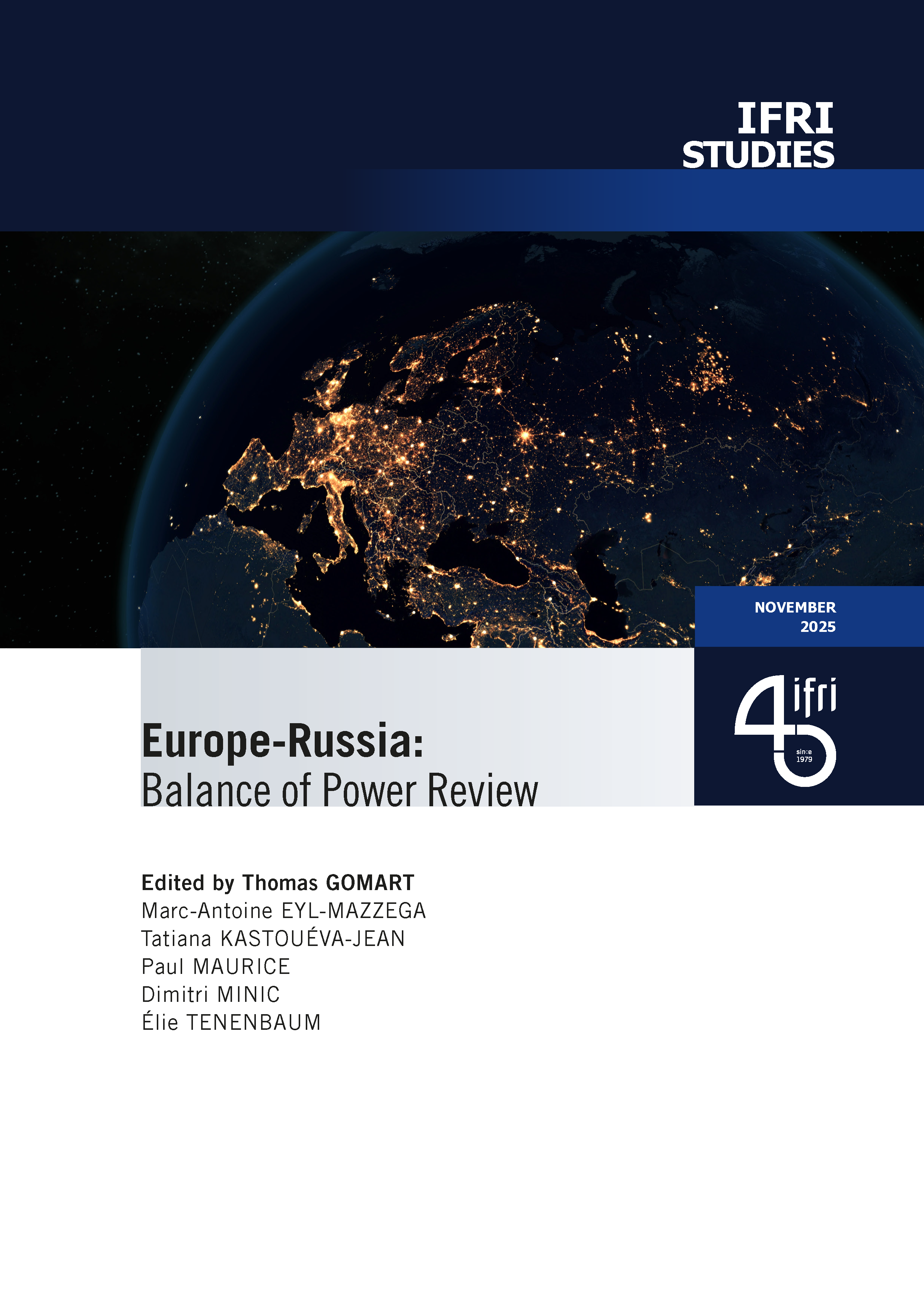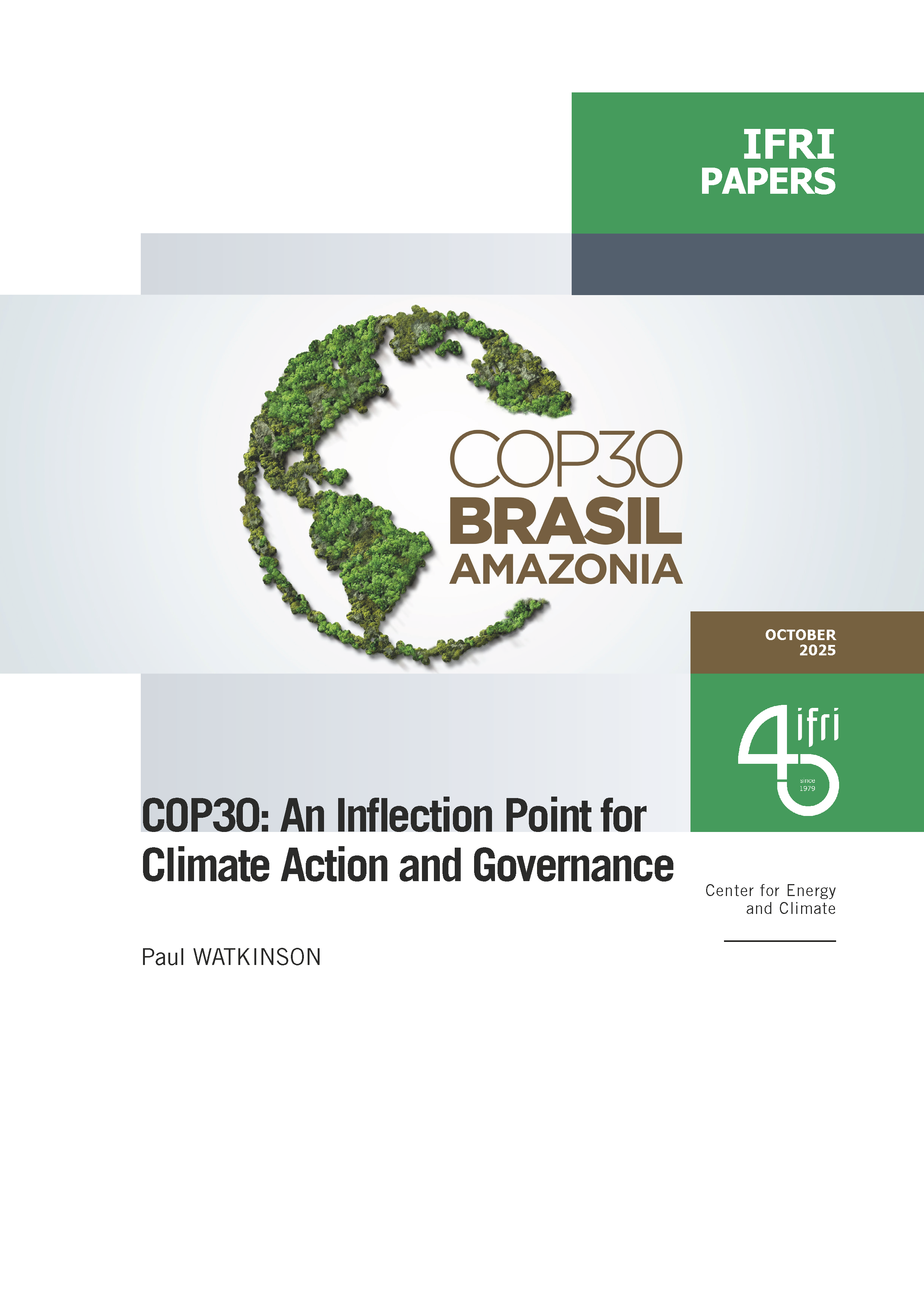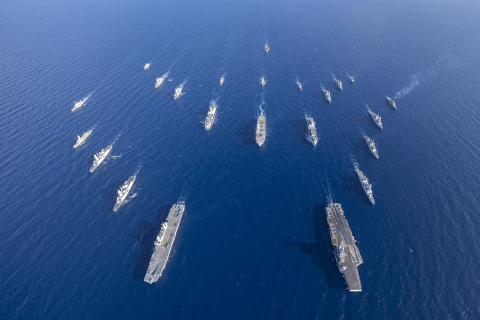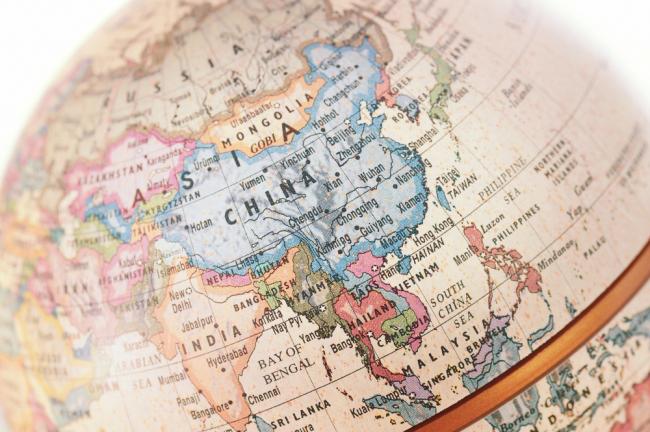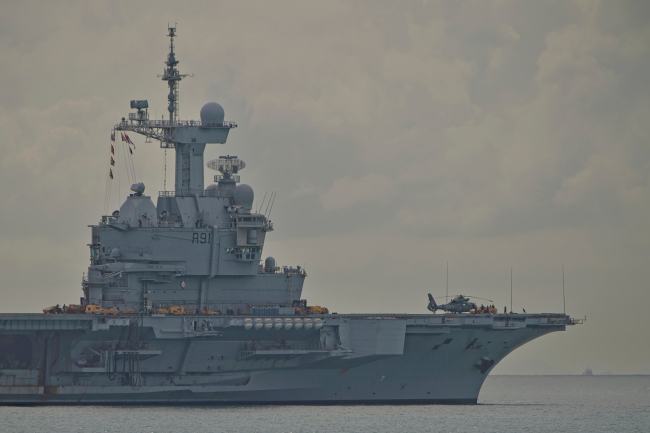Complementarity and Rivalry in EU-China Economic Relations in the 21st Century
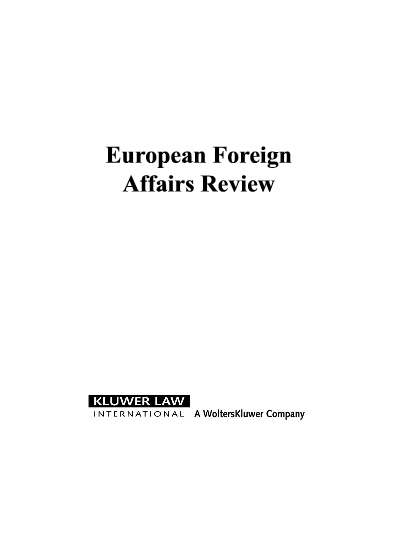
Economic dynamism in the People’s Republic of China over the past two decades, in contrast with sluggish growth in an enlarged European Union, makes the examination of contemporary and future EU–China economic relations all the more relevant. This examination is done by highlighting complementary and opposing forces between the two regions. It underlines the asymmetry in the trade relationship – with a growing EU trade deficit – and a declining share of EU foreign direct investment since the peak years in the late 1990s.
In terms of trade patterns, a certain degree of complementarity still exists between the two regions, with China relatively engaged in low-knowledge-intensive industries (such as office machinery and computers), although the move up the value chain is rapid. This still leaves scope for a manufacturing–services complementarity. Areas of possible rivalry include the perception, by the EU, of an ‘unfair’ Chinese competition, the opacity of the Chinese market, and allegations of dumping by Chinese firms, an issue related to its non-market economy status.
In the future, the fifth enlargement may lessen the complementarity (and therefore increase the level of competition), thus generating another challenge. Faced with these numerous challenges, a number of solutions are proffered, among which are multilateralism and cooperation on energy

Available in:
Regions and themes
Share
Download the full analysis
This page contains only a summary of our work. If you would like to have access to all the information from our research on the subject, you can download the full version in PDF format.
Complementarity and Rivalry in EU-China Economic Relations in the 21st Century
Related centers and programs
Discover our other research centers and programsFind out more
Discover all our analyses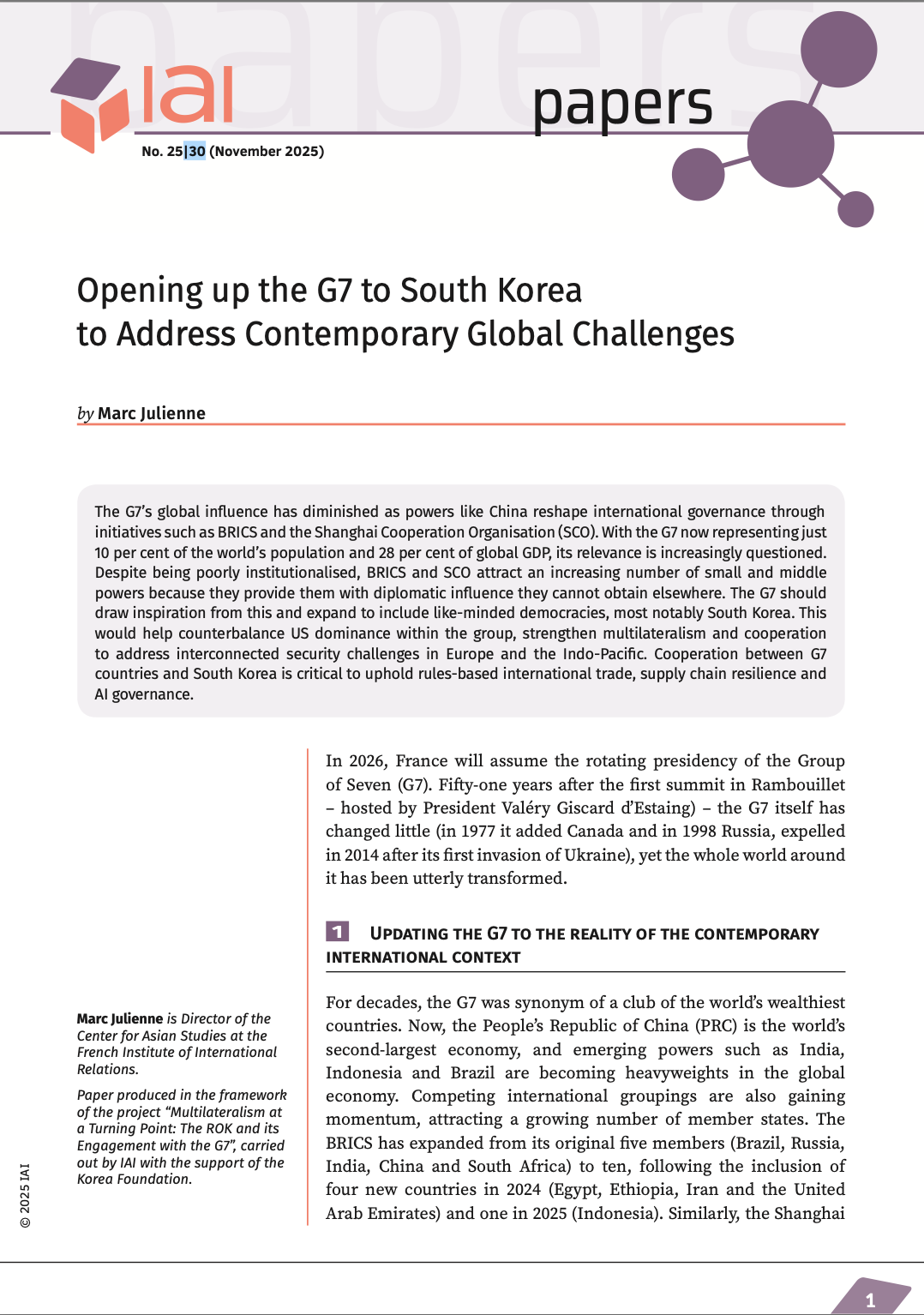
Opening up the G7 to South Korea to Address Contemporary Global Challenges
The G7’s global influence has diminished as powers like China reshape international governance through initiatives such as BRICS and the Shanghai Cooperation Organisation (SCO). With the G7 now representing just 10 per cent of the world’s population and 28 per cent of global GDP, its relevance is increasingly questioned.
Expanding SPDMM as a pivotal institution in the Pacific – A French perspective
The South Pacific Defence Ministers’ Meeting (SPDMM) is the only forum that brings together defense ministers from the wider South Pacific — including Chile, which is hosting it for the first time. This heterogeneous group of countries with varying resources, capacities, and interests — Australia, Chile, Fiji, France, New Zealand, Papua New Guinea (PNG), and Tonga — are united by their shared determination to strengthen cooperation on maritime security and humanitarian assistance and disaster relief (HADR) activities.
EU’s Derisking From China: A Daunting Task
With economic security as a major concern, the EU has recently turned to “derisking” from China. The EU strategy entails reducing critical dependencies and vulnerabilities, including in EU supply chains, and diversifying where necessary, while recognizing the importance and need to maintain open channels of communication.
Sri Lanka’s NPP Government. From System Change to Structural Compliance
In September 2024, a relative outsider to Sri Lanka’s two-party-dominated political system, Anura Kumara Dissanayake, won the presidential elections. The anti-establishment, populist movement he represented, the National People’s Power (NPP), went on to receive an overwhelming mandate in the November 2024 general elections, winning 159 seats in a 225-member parliament.


